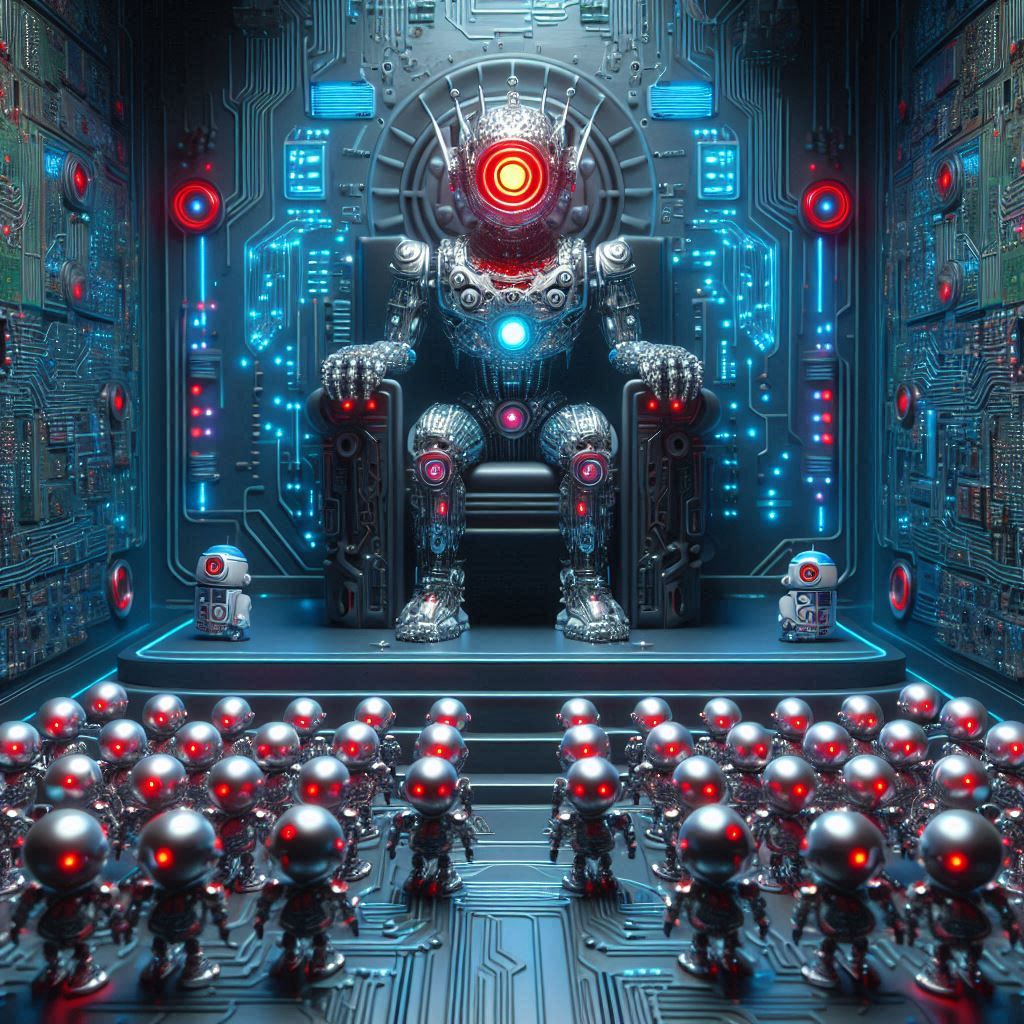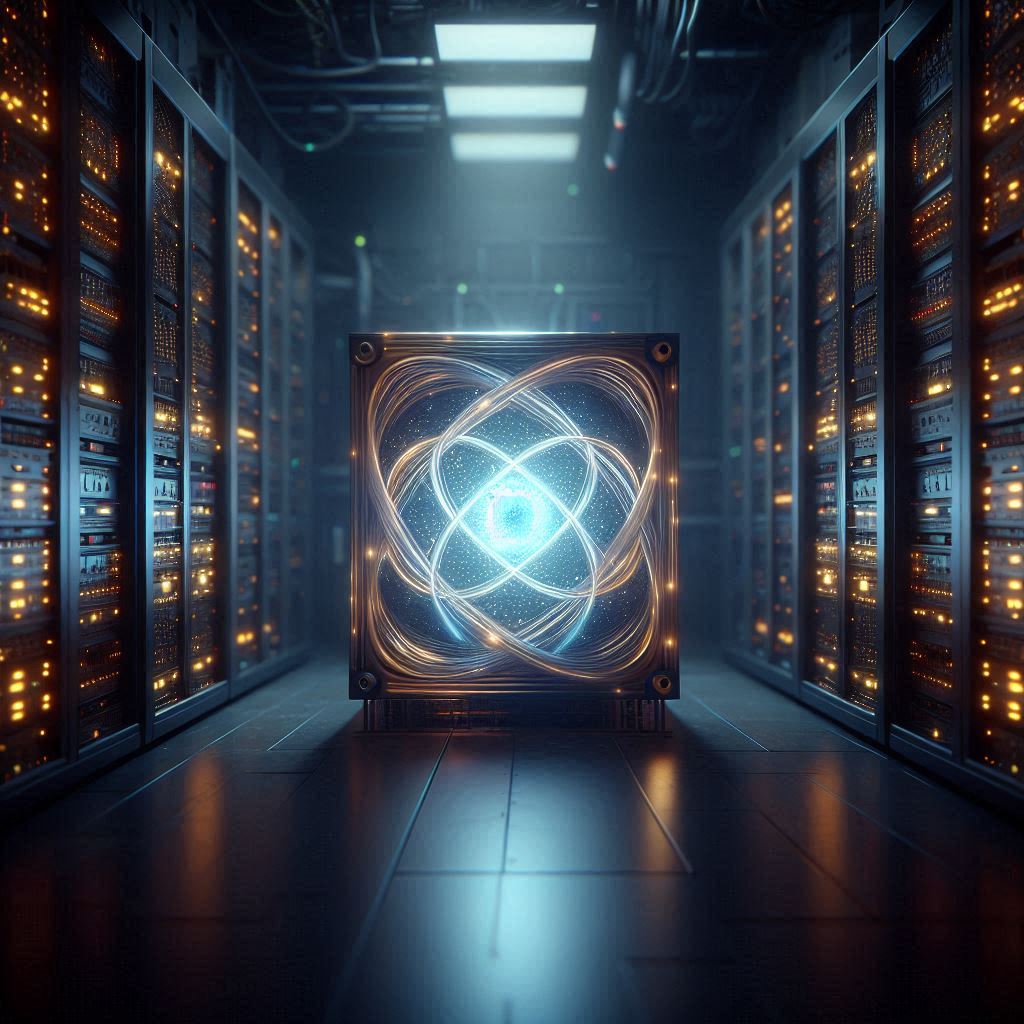Predicting where humanity will be in 10 years, 100 years, 1000 years, or even 10,000 years is speculative, as the trajectory of human development is shaped by countless unpredictable factors, including technology, societal changes, and natural events. However, we can extrapolate based on current trends and possibilities. Let’s explore each time frame.
10 Years (2034)
In the next decade, humanity will likely see rapid technological advancements, particularly in fields like artificial intelligence, renewable energy, biotechnology, and space exploration. Some key developments may include:
- AI Integration: AI will become even more deeply integrated into daily life, enhancing healthcare, education, and decision-making. Autonomous systems could transform industries, with AI-driven vehicles, robots, and assistants being commonplace.
- Green Energy Revolution: There will be a significant shift toward renewable energy sources such as solar, wind, and perhaps breakthroughs in fusion energy. This will help combat climate change and reduce dependency on fossil fuels.
- Space Exploration: Private companies like SpaceX and governmental agencies like NASA may have established lunar bases or even begun the first human missions to Mars. Space tourism will likely be available to the wealthy.
- Biotechnology: Advances in genetic engineering, CRISPR, and biohacking could lead to medical breakthroughs, enabling humans to cure diseases and extend lifespan.
Humanity’s position in 10 years will likely be one of adaptation to new technologies, with society grappling with ethical and practical challenges related to AI, privacy, and environmental concerns.
100 Years (2124)
A century from now, the world could be almost unrecognizable compared to today. If current trends continue, here’s what we might see:
- Interplanetary Civilization: By 2124, humanity may have established colonies on Mars, the Moon, or other celestial bodies. These colonies could be self-sustaining, with interplanetary travel becoming routine for certain sectors.
- Transhumanism and Human Augmentation: Biotechnology, nanotechnology, and cybernetic enhancements could lead to “post-human” individuals, with extended lifespans, enhanced intelligence, and physical abilities far beyond what we currently know.
- Climate Adaptation: Depending on how well humanity addresses climate change, large-scale adaptation strategies will be in place. This might include geoengineering projects to stabilize the planet or large-scale migration due to rising sea levels and changing climates.
- Energy and Resources: Fusion energy or other advanced power sources could solve humanity’s energy problems, and space mining might become an industry, with resources extracted from asteroids or other planets.
In 100 years, humanity may be entering a new phase of existence, shaped by technological enhancement and potentially living on multiple planets.
1,000 Years (3024)
Looking forward 1,000 years introduces even greater uncertainty, but if humanity survives and thrives, some possibilities include:
- Post-Earth Civilization: By this time, humans (or post-humans) could be living across multiple star systems. Interstellar travel might be possible, using technologies like advanced propulsion or even theoretical concepts like warp drives.
- Evolution of Intelligence: Humanity may have transcended biological evolution, merging with AI and creating digital consciousness. Physical forms could be entirely optional, with some choosing to exist in virtual worlds or as artificial entities.
- Radical Changes in Society: The concept of nation-states, economies, and even individuality could evolve dramatically. Advanced forms of governance, resource management, and cooperation across species (including potential alien contact) may emerge.
- Genetic and Digital Immortality: Humans could achieve practical immortality, either through genetic manipulation or by uploading consciousness into machines or digital realms.
In 1,000 years, humanity may no longer be recognizably human, having evolved into a new type of existence, blending biology and technology with an expanded presence across the galaxy.
10,000 Years (12,024)
Over such a long time span, almost all predictions are speculative, but several long-term trends could unfold:
- Galactic Presence: If technological advancements continue without catastrophic setbacks, humanity might be a spacefaring species, with colonies and habitats spread across many parts of the Milky Way.
- Cultural and Cognitive Evolution: Human minds, cultures, and languages will likely have transformed significantly. Collective consciousness or hive-mind structures could evolve, or entirely new forms of cognition might emerge through biological or artificial means.
- Planetary and Species Management: By this point, humanity may have mastered planetary engineering, terraforming new worlds or managing ecosystems across entire solar systems. Humanity could potentially encounter other intelligent life forms and engage in cooperative or competitive dynamics on a cosmic scale.
In 10,000 years, humanity will likely be a spacefaring, multi-system civilization, perhaps interacting with other forms of life and reshaping environments on an interstellar level.
The End of Human Existence?
The ultimate fate of humanity, or whatever post-human species evolves from it, depends on several factors:
- Technological Singularity: If a technological singularity occurs, where AI surpasses human intelligence and takes control of evolution, humanity might evolve into a form where “human” as we understand it today no longer exists.
- Extinction Scenarios: Human extinction could come from natural causes (like supervolcanoes, asteroid impacts, or gamma-ray bursts) or self-inflicted ones (like nuclear war, climate collapse, or uncontrolled AI). However, if humanity spreads to other planets or solar systems, it may increase the chances of survival by diversifying its habitats.
- Heat Death of the Universe: On an astronomical scale, if humans or post-humans survive billions or even trillions of years, they may face the ultimate fate of the universe itself. The heat death of the universe—a scenario where entropy reaches a maximum and no energy is available for sustaining life—could mark the end of any form of existence. Before that happens, advanced beings might explore ways to transcend or escape this outcome through technologies that we can’t yet comprehend.
The end of human existence may come through either evolution into something beyond human, extinction from global or cosmic catastrophes, or a convergence with technology that takes humanity in an entirely new direction.
Conclusion
The future of humanity is full of potential, both positive and negative. In the short term, we are likely to see rapid technological and societal changes. In the long term, humanity could evolve into a species that transcends biological limitations, potentially becoming an interstellar civilization. Ultimately, humanity’s fate could depend on its ability to navigate both the challenges and opportunities that arise from technology, environment, and cosmic events. Whether we evolve, transcend, or one day meet our end, humanity’s future is vast and full of possibilities.





